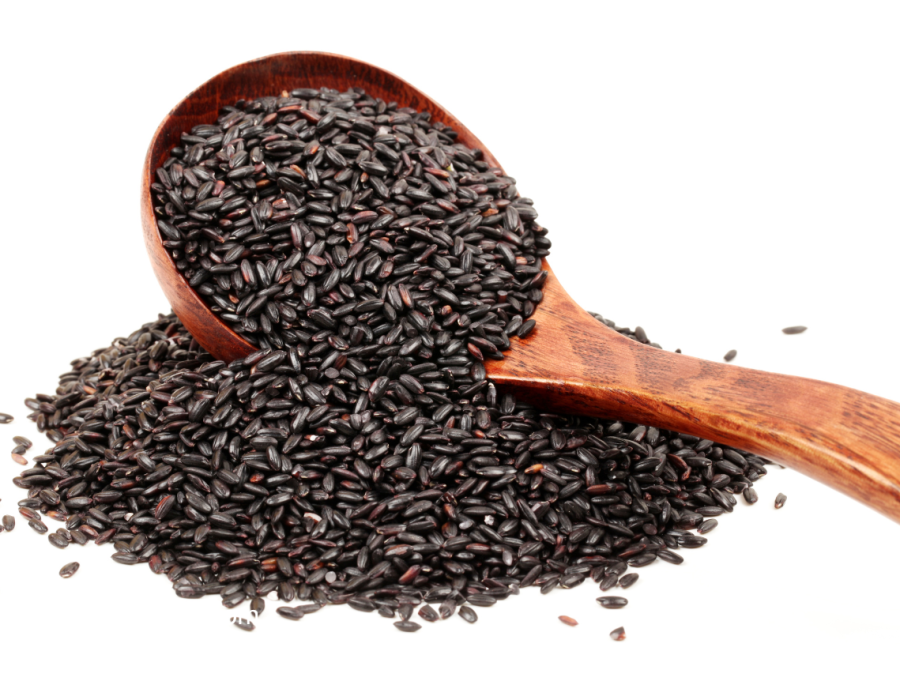Black rice market has witnessed significant growth and increasing popularity in recent years. Black rice, often referred to as "forbidden rice" due to its historical rarity, is a highly nutritious and visually striking grain with a dark purple-black color. It is rich in antioxidants, vitamins, minerals, and fiber, making it a sought-after choice for health-conscious consumers. The demand for black rice has surged not only for its exceptional nutritional profile but also for its unique culinary appeal, with a slightly nutty flavor and a chewy texture. As consumers continue to prioritize healthy eating and diverse food options, the black rice market is poised for further expansion. Producers are increasingly focusing on sustainable cultivation practices, and innovative culinary applications are emerging, making black rice a versatile ingredient in various cuisines. As a result, the black rice market is likely to continue its growth trajectory, both in terms of production and consumer demand, in the coming years.
What are the most important trends to watch in the coming years?
Increasing Demand for Health and Wellness Foods: As consumers become more health-conscious, there will likely be a continued demand for nutrient-dense foods like black rice. Its high levels of antioxidants, vitamins, and minerals make it an attractive choice for those seeking to enhance their diets.
Sustainable Farming Practices: Sustainability is a growing concern in agriculture. Consumers are increasingly looking for eco-friendly and ethically sourced products. The adoption of sustainable farming practices, such as organic and regenerative farming, in black rice cultivation may become a key trend.
Diverse Culinary Applications: Black rice's unique color, texture, and flavor make it a versatile ingredient in various cuisines. As chefs and home cooks experiment with different recipes and dishes, the market may see a rise in innovative culinary applications for black rice, both in savory and sweet dishes.
Gluten-Free and Allergen-Free Attributes: Black rice is naturally gluten-free and hypoallergenic, making it suitable for individuals with dietary restrictions and food allergies. This aspect is expected to drive its popularity among health-conscious and allergen-sensitive consumers.
Convenience and Processed Products: Convenience foods, such as pre-cooked or instant black rice products, may see increased demand as consumers seek quick and nutritious meal options. Processed products like black rice flour and black rice bran for use in baking and snacks could also gain traction.
Global Awareness and Accessibility: As awareness of the nutritional benefits of black rice spreads, its availability may increase globally. Consumers in different regions may have easier access to black rice, driving its consumption beyond its traditional markets.
Functional Food and Nutraceuticals: Black rice may find its way into the nutraceutical and functional food sectors due to its antioxidant properties. Products like black rice extracts and supplements could become more prevalent as consumers look for health-enhancing options.
Partnerships and Collaborations: Collaborations between food manufacturers, retailers, and health-focused brands may lead to the development of new black rice products and marketing campaigns that promote its health benefits.
Regulatory Considerations: As the market for black rice expands, regulatory agencies may establish standards and labeling requirements specific to black rice products to ensure quality and consistency.
What advice would you give to someone who is new to the industry?
Educate Yourself: Begin by thoroughly researching black rice, including its cultivation, nutritional benefits, market trends, and potential challenges. Understanding the unique characteristics and properties of black rice is crucial.
Market Research: Study the current state of the black rice market, including demand trends, pricing, and competition. Identify your target audience and understand their preferences and buying behaviors
Quality Assurance: Ensure that you are sourcing high-quality black rice from reliable suppliers or growers. Quality assurance is critical for building trust with consumers and maintaining product consistency.
Sustainable Sourcing: Consider sustainable and ethical sourcing practices. Consumers are increasingly concerned about the environmental impact of their food choices, so promoting responsible sourcing can be a selling point.
Compliance with Regulations: Familiarize yourself with food safety regulations and labeling requirements specific to black rice products in your target markets. Compliance with these regulations is essential to avoid legal issues.
Product Innovation: Explore different product formats and value-added options for black rice, such as pre-packaged meals, snacks, or specialty food products. Innovation can help you stand out in the market.
Distribution Channels: Determine the most suitable distribution channels for your black rice products. This may include selling through retailers, wholesalers, online platforms, or direct-to-consumer channels.
Marketing and Branding: Develop a strong brand identity and marketing strategy. Highlight the unique qualities and health benefits of black rice in your promotional efforts. Use digital marketing and social media to reach a wider audience.
Quality Control: Implement rigorous quality control measures throughout the supply chain, from sourcing to packaging and distribution, to maintain product consistency and safety.
Browse Our Report- https://www.credenceresearch.com/report/black-rice-market
Visit- https://www.credenceresearch.com/
Browse Our Blog: https://www.linkedin.com/pulse/navigating-rise-black-rice-market-insights-mitul-dean-jqapc





Comments